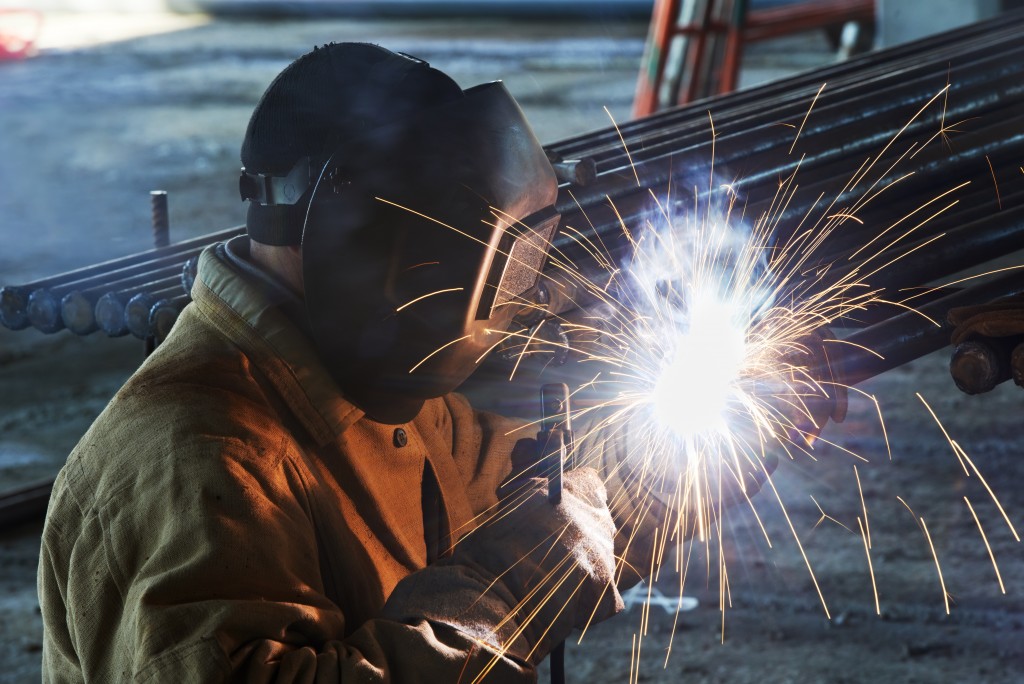Welding denotes a process of joining metals and, at times, plastic. These are heated, then mixed to make a joint that will have similar properties as the joint material’s. The three components needed for weld creation include shielding, filler material, and a heat source like an electric arc. Weld shops are considered among the highest-risk work environments.
Electric shocks, explosions, exposure to hazardous gases and fumes, burns, and electrocution are some of the common hazards faced by welders. Among the primary questions for welders to ask is where to buy welding gloves, helmets, shields, goggles, and other types of PPE to protect them from these hazards. One of the often-overlooked protective equipment by welders is a welding jacket. That is meant to protect you from injuries caused by heat while protecting you from the unnecessary weight other body protection clothing might cause. The following are the alternatives for welding jacket materials.
Flame-Resistant Cotton
This material is quite a popular alternative for welding jackets because it is breathable, lightweight, and inexpensive. It thus generates the right amount of comfort, protection, and cost efficiency for its user. The cotton in this instance will be treated with chemicals that off-gas when in contact with molten metal, intense heat, or flames. The off-gassing process deprives oxygen around the jacket and averts combustion. When buying cotton welding jackets, opt for those with thicker base cotton. These are comfortable and durable.
Leather
With a density of approximately 30 ounces per square yard, leather has, for ages, been considered the best material for welding PPE. This thickness will prevent the penetration of heat through a welding jacket and has excellent puncture and abrasion resistance. There are several cuts, grades, and types of leather for welding jackets. Grain leather, for example, makes the most durable jackets, is comfortable, and will repel spatter and sparks. A standard leather welding jacket weighs about 8 lbs. This weight is, unfortunately, a bit heavy for some welders and will increase their fatigue. Leather also becomes less pliable with time because of repeated washing and heat exposure.
Nylon

This material is a sturdy synthetic one that is also lightweight and stretchable. It comprises amide molecules that are machine-washable and have a low rate of moisture absorbency. Welding jackets made from nylon are quite durable, resistant to gushes and tears, and typically water-resistant. Some even have zero porosity.
Nylon/Kevlar
This combination produces an extra fine material for a welding jacket. It makes an excellent material for the prevention of skin burns and is suitable for heavy-duty and industrial welding. Nylon or Kevlar welding jackets are also breathable and highly flexible. They do not, however, offer as much protection from UV rays.
Getting the right size for your welding jacket irrespective of its material from the options above is essential. To guarantee you get the right jacket size, measure your upper body area. This measurement is compared with a sizing chart found in most welding equipment supplier stores. If your stomach width is larger than the chest area, consider settling for something bigger to guarantee the jacket fits perfectly.



